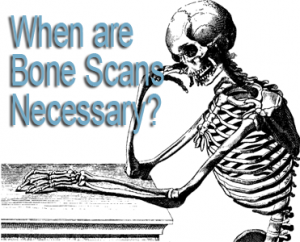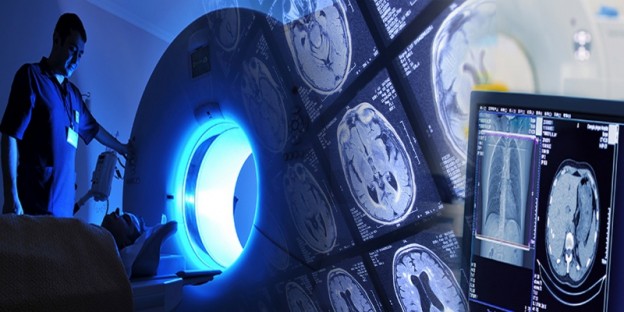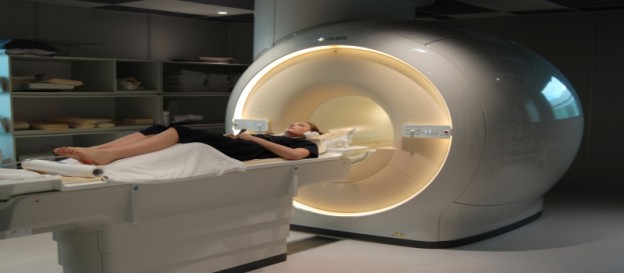What is a Bone Density Scan?
Bone density is the measurement that defines the mineral content of the bone. The bone density is an identification number that can be used to indicate the strength of the bone and can also help in the diagnosis of osteoporosis.
A bone density scan is an imaging test that uses a specialized X-rays such that it causes a minimal damage on the body of the patient. For bone density a specialized X- ray test is mainly brought into use as if we go by a traditional method then it may be case that we are able to detect it only in the condition when the patient loses more than 50 percent of their bones.
Do you need a bone density Scan?
The recent medical survey indicates that 1 in 4 men and 1 in 8 women who are over the age of fifty are at a higher risk of developing osteoporosis. To avoid such a condition it becomes necessary for the people to have a bone density scan at a regular interval. Other groups that should consider a bone density test:
– All postmenopausal women below age 65 who have risk factors for osteoporosis.
– All women aged 65 and older.
– Women with medical conditions associated with osteoporosis. Your health care provider can tell you if you have a medical condition associated with osteoporosis.
– Men age 70 or older.
– Men ages 50-69 with risk factors for osteoporosis or medical conditions associated with osteoporosis.
– When the patient is experiencing any of the following problems they are advised to go for a bone density test:
Do you have Osteoporosis?
Osteoporosis is a condition that arises mainly when the mineral content in one’s body is less than the required. But then this is a very preventable condition, patients only need to adopt a correct diet and try to have a right lifestyle to prevent this problem.
What’s your age?
Women over the age of sixty five and the men over the age of seventy are advised to go for a regular bone density test. Whether it is men or women, if they are having a habit of smoking then also they are advised to go for a bone density check.
What is your family medical history?
The patients who are having a family history of Osteoporosis are at a higher risk of developing Osteoporosis. This test helps in earlier detection of thinning bones so that the required treatment can be pursued. People with Osteoporosis are advised to hold a proper intake of vitamin D and calcium. The people who are having continuous back pain or are having a stooped posture are also advised to go for a bone density scan.
What you need to understand when you are going for Bone density scan?
There are a number of bone density scans that a diagnostic center may provide you with. Following mentioned are some of the common test that can be used for the measurement of the bone mineral density of an individual:
-
- Dual-energy X-ray absorptiometry (DXA or DEXA): DXA is a bone density medical test that utilizes two different energies X-ray beams. Both the beams do individual scanning for the soft tissue and the bones of the individual. This test is mainly used for fetching the bone mineral density count in forearm, spine hip and also for a full body scan.
-
- Qualitative ultrasound (QUS): as we know that ultrasound is and non invasive technique of getting picture of the affected body part. With the development in technology, an ultrasound termed as Qualitative ultrasound can be used to get the mineral density of the concerned heel within seconds and also provide the patient with an E-ray of the structure.
-
- Single photon absorptiometry (SPA): As the name makes it clear this type of technique uses a single X-ray. For this the concerned body part whether it be heel or forearm is either enclosed in a tissue like structure or is submerged in water to obtain a reliable result.
- Quantitative computed tomography (QCT): Quantitative computed tomography is a type of CT scan. This test can be expensive and doesn’t track the progression of the Osteoporosis as well as DXA or DEXA.
The patients are advice to go for a regular bone mineral density scan (BMD) as it can help is making Osteoporosis reversible.





